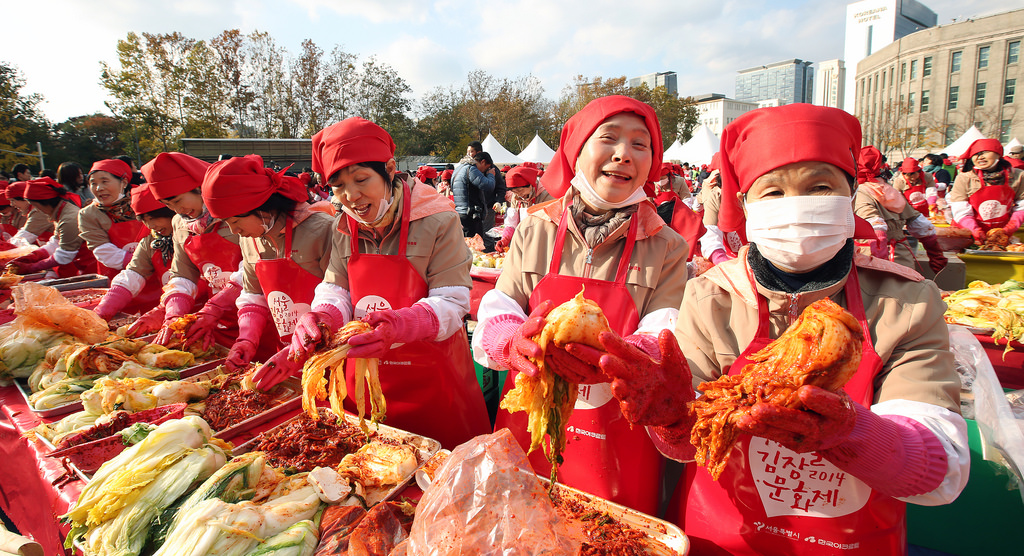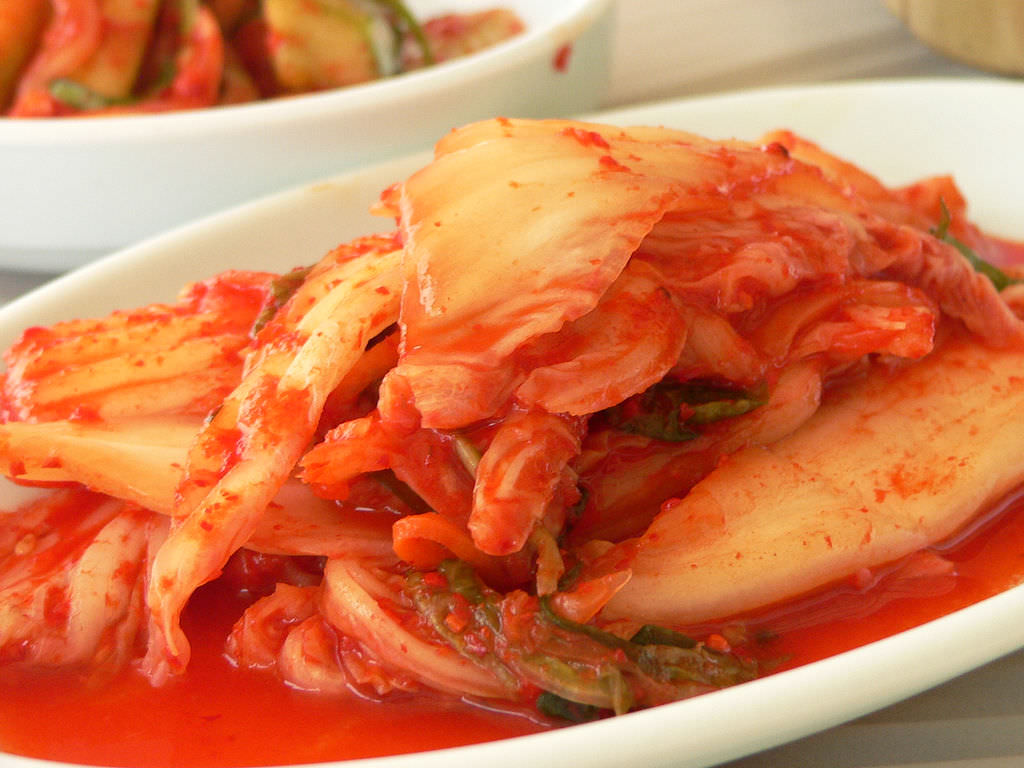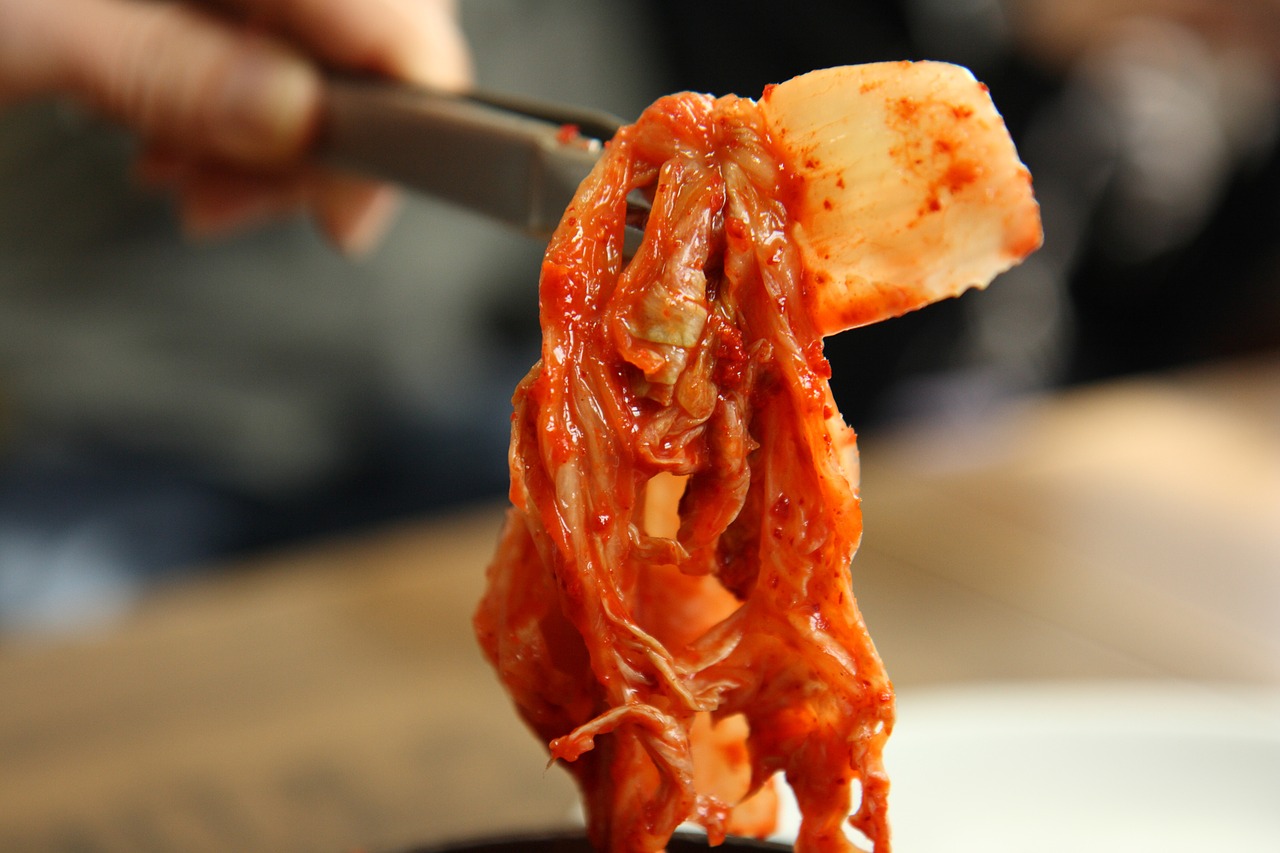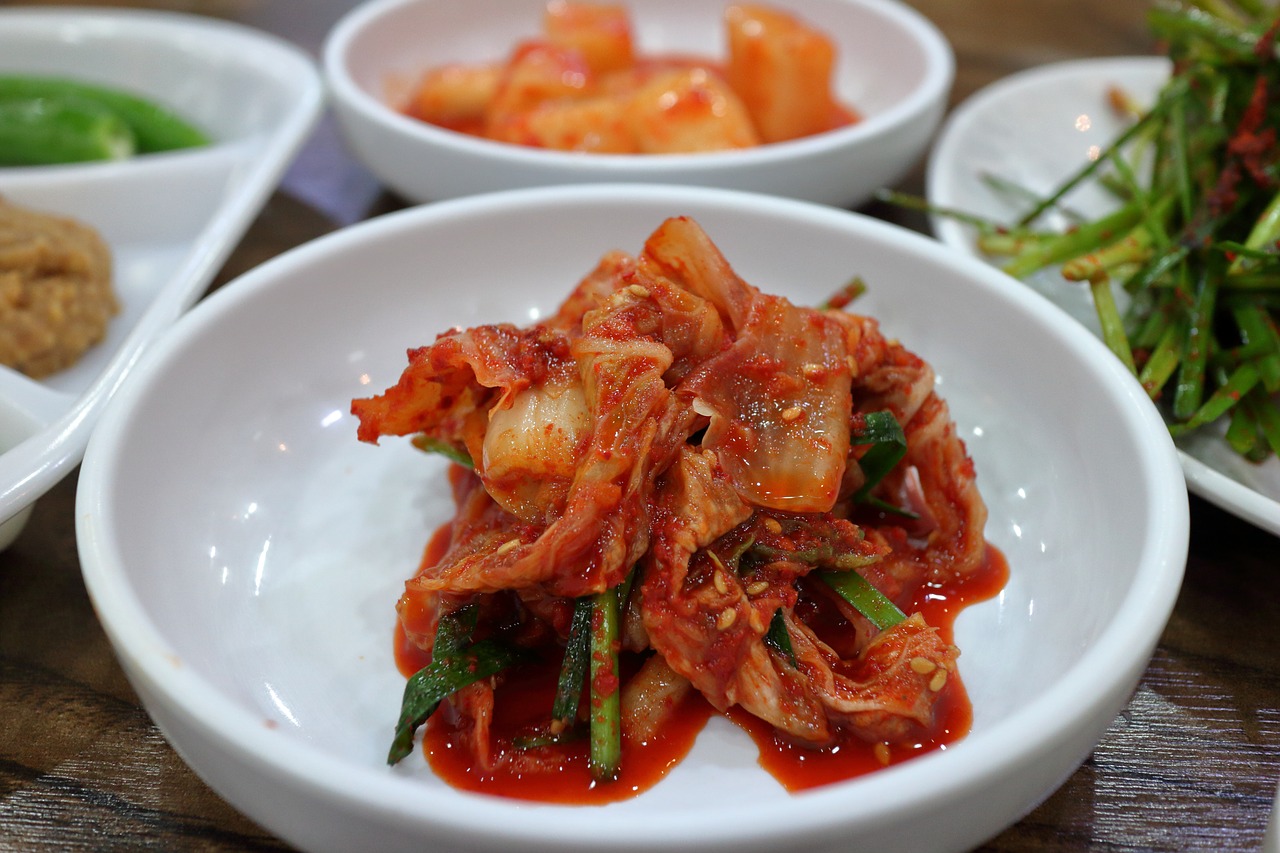If you’ve ever done any research on health foods, you’re probably well aware of the benefits of consuming fermented foods. But you may not realize that kimchi is one of the most beneficial foods you can start incorporating into your diet, and you can make it at home! In fact, this traditional Korean food is thought of so highly that many local families choose to say “kimchi” versus the American “cheese” when being photographed. But what exactly is kimchi, and why is it so beneficial? Kimchi is a spicy fermented cabbage that has been found to possess some essential health benefits.
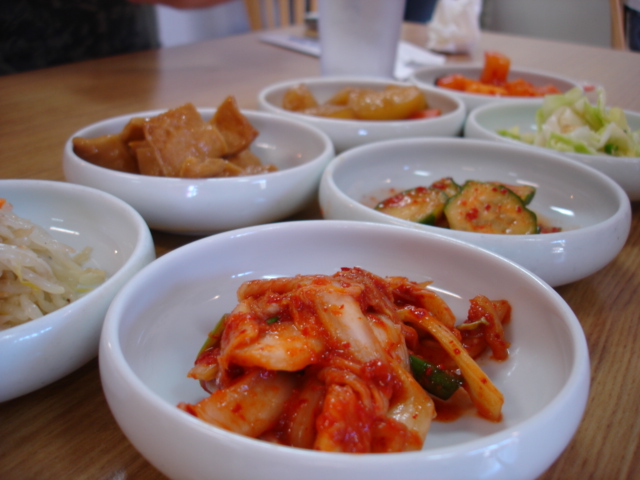
What Is Kimchi?
Kimchi is a high-fiber, low-fat meal that is widely available in Asian grocery stores as well as health food stores across the country. The food is typically a red, fermented cabbage food although it is periodically made with radish. The cabbage or radish is fermented using a mix of salt, vinegar, garlic-chili peppers, and other spices. The ingredients are sealed and fermented in a closed jar and served with rice, noodles, or soup.
What Are the Major Benefits of Eating Kimchi?
So why should you start adding this dish to your weekly meal plan? These seven benefits should be enough to convince you.
1. Balances healthy bacteria in your body.
Like yogurt, kimchi contains the “healthy bacteria” or lactobacilli that your body needs to support digestion. The fermentation process also produces probiotics in the mixture that help your body fight infection.
2. Reduces cholesterol levels.
If you suffer from high blood pressure and/or high cholesterol, kimchi is a great solution for you. The garlic used to season kimchi contains allicin and selenium – two components that help reduce cholesterol in your body. Additionally, these substances reduce your risk of stroke and other cardiovascular concerns as they help prevent plaque build-up in the arterial walls.
3. Boosts your immune system.
Kimchi is also effective for making your immune cells more active and the antibodies in your body to be more abundant. Adding kimchi to a high cholesterol diet can boost your immune cell activity to 75 percent.
4. Supports weight loss.
Not only is kimchi a relatively low-calorie food – 150 grams contains only 40 calories – but it also supports your body’s metabolism of carbohydrates to aid in weight loss. Likewise, the capsaicin in chili peppers in this in other Korean foods boosts your metabolism and helps you use the excess energy in your body for added weight loss.
5. Slows the aging process.
Slowing the aging process is just one of the many benefits of kimchi. The dish is rich in antioxidants that not only inhibit cell oxidation but also decrease the rate at which your skin ages.
6. Promotes eye health.
Kimchi is a good source of vitamin A, containing 18 percent of the daily value of the nutrient per 100-gram serving. This vitamin supports clear, healthy eyesight among other things.
7. Reduces the risk of certain cancers.
The vitamin A contained in kimchi is a powerful antioxidant that helps remove free radicals from your body that cause cancer. Not only that but the biochemical, such as isocyanate and sulfide, found in the food are effective for detoxifying heavy metals in your internal organs, including your liver, kidney, and small intestine.
Even just adding one-quarter to one-half cup of fermented vegetables, like kimchi, to one of your three meals each day can have a significant impact on your health. If you’ve never consumed fermented foods, then now is a perfect time to start, but be sure to introduce them gradually to avoid a major digestive episode.
